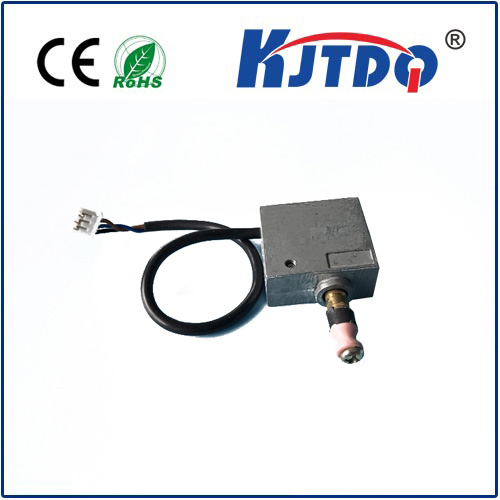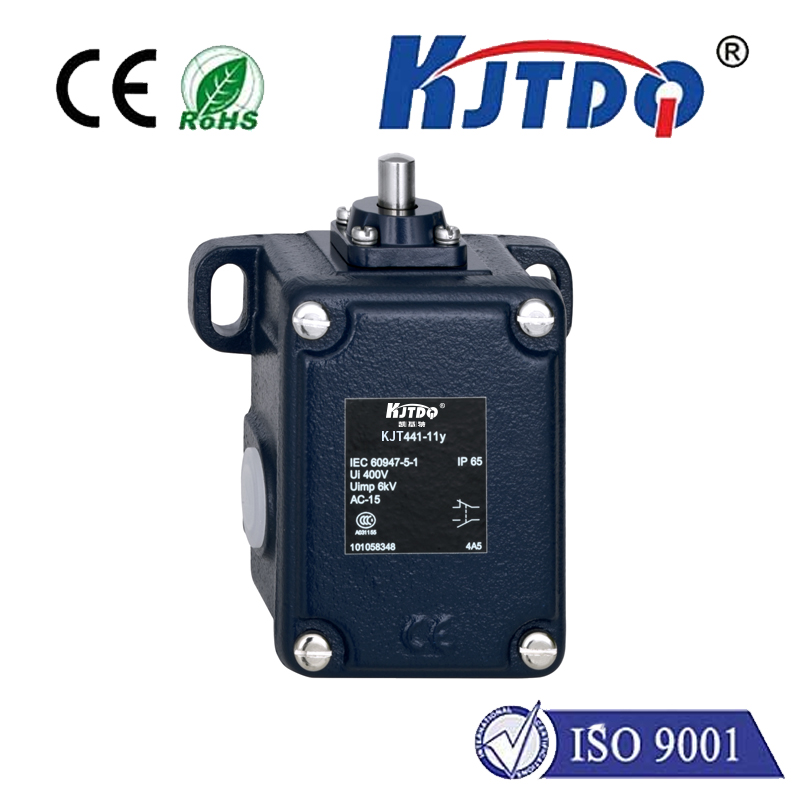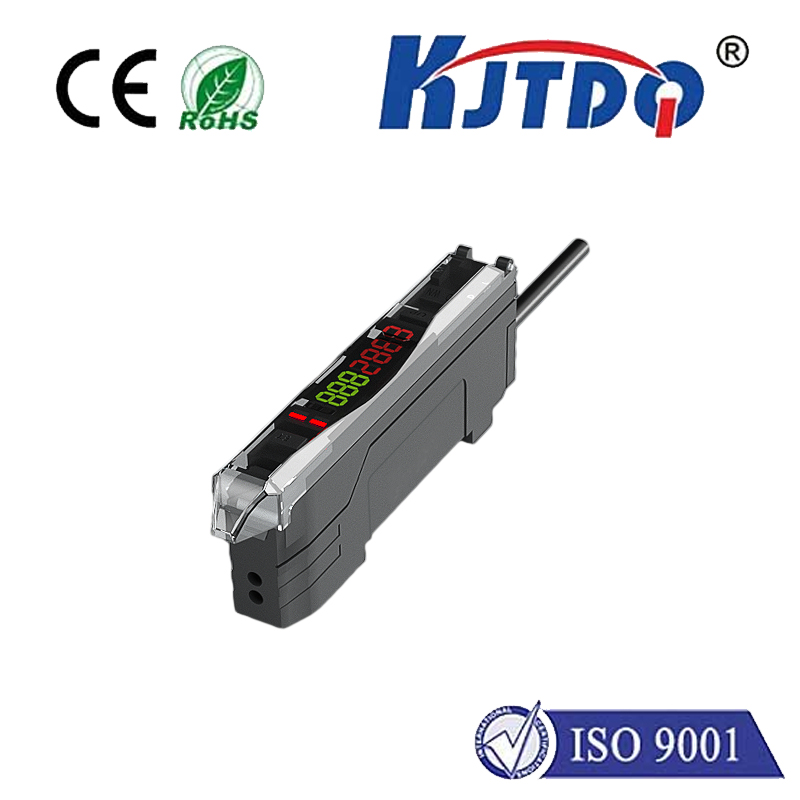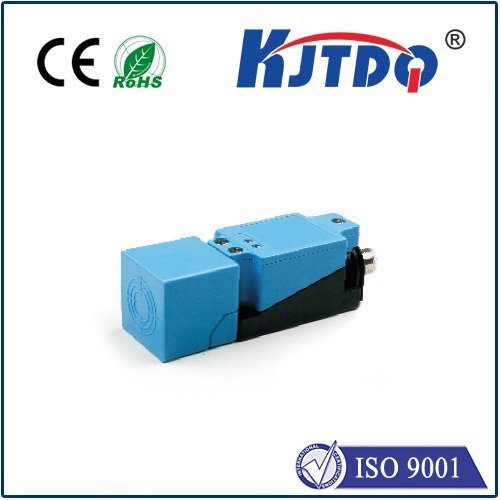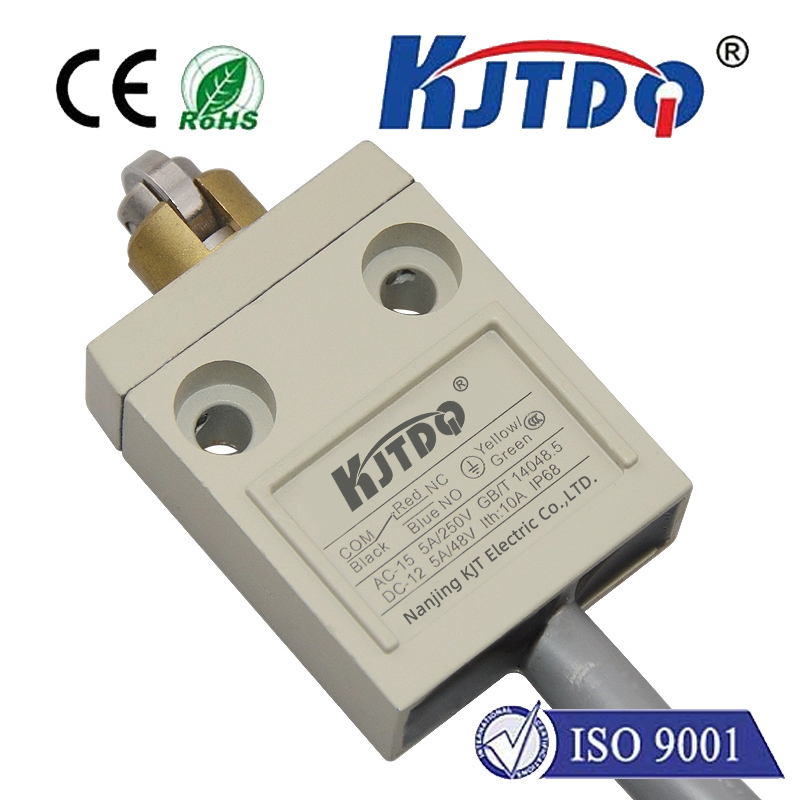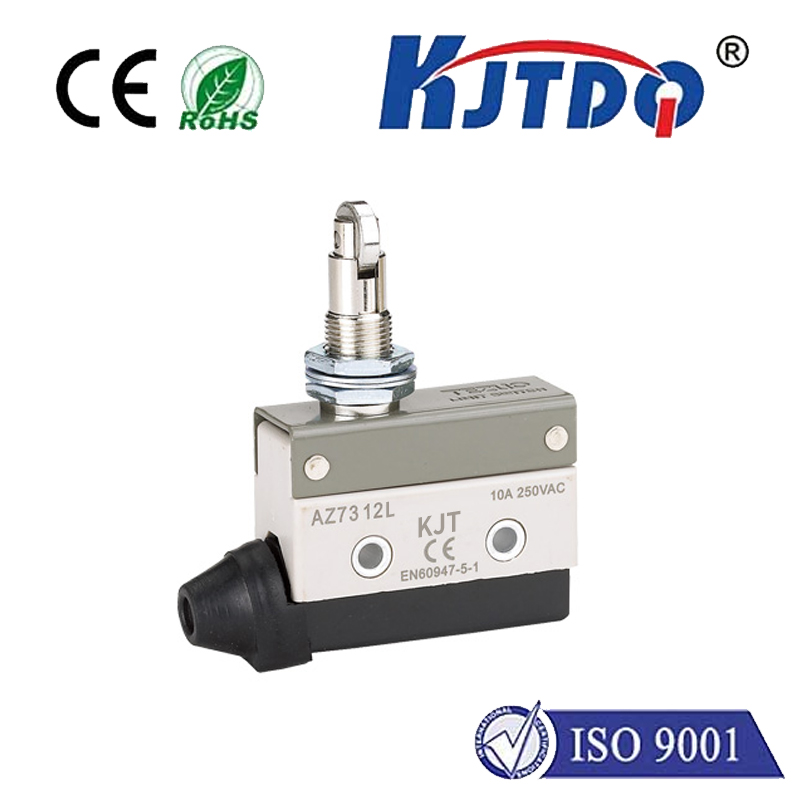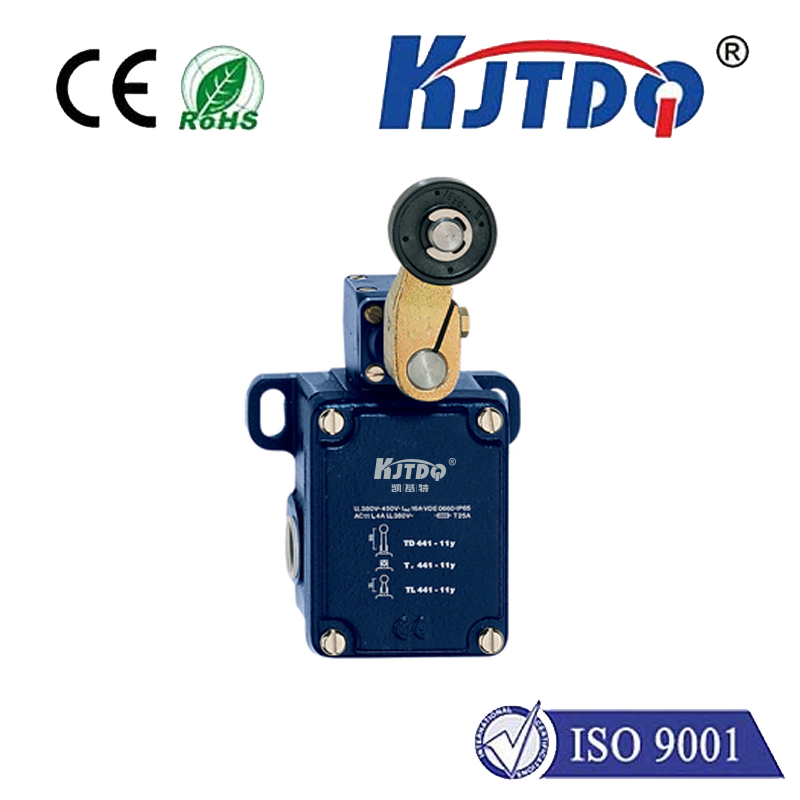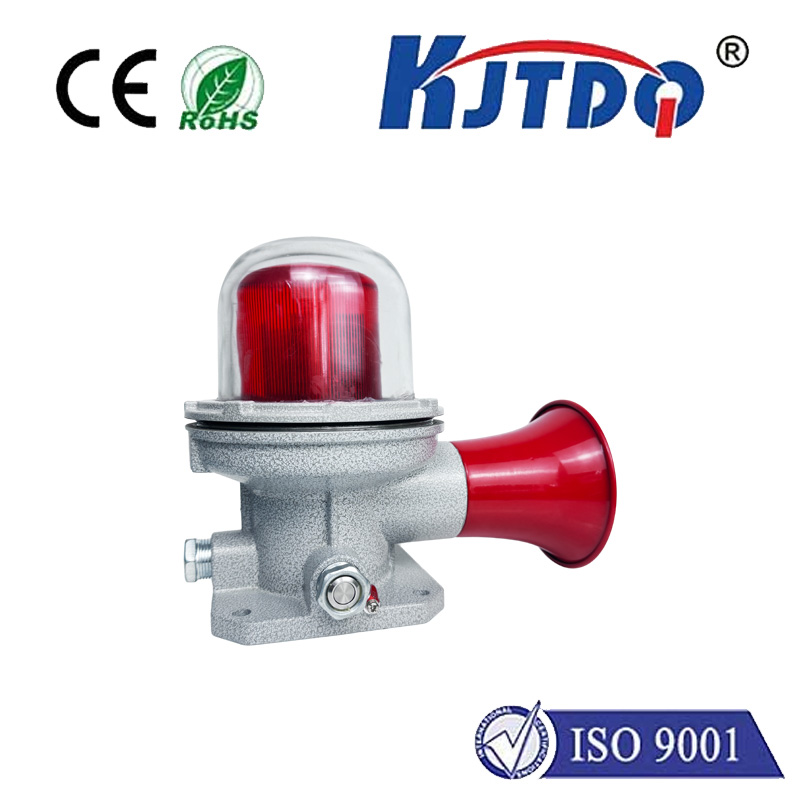
check

check

check

check

check

check

check

check

check

check

The Rise of Wireless Proximity Sensors: Revolutionizing Modern Detection Systems In the ever-evolving landscape of technology, wireless proximity sensors have emerged as a game-changer, redefining the way we interact with our surroundings. These compact yet powerful devices are at the forefront of innovation, enabling seamless detection and measurement without the constraints of wired connections. Let’s delve into the world of wireless proximity sensors, exploring their functionality, benefits, and diverse applications. Understanding Wireless Proximity Sensors Wireless proximity sensors operate on the principle of detecting the presence or absence of an object within a certain range without physical contact. Unlike traditional wired sensors, these devices leverage advanced radio frequency (RF) technology to transmit data wirelessly, making them highly versatile and adaptable to various environments. They typically consist of a transmitter that emits a signal and a receiver that interprets changes in that signal when an object comes into proximity. This non-contact approach not only enhances safety by reducing mechanical wear but also allows for continuous monitoring even in harsh conditions. Advantages Driving Adoption One of the primary advantages of wireless proximity sensors is their ease of installation and flexibility. Since they eliminate the need for intricate wiring, deployment becomes quicker and more cost-effective, especially in retrofitting existing systems or expansive facilities where running cables would be impractical. Moreover, their ability to function in无线 environments opens up new possibilities for remote monitoring and control, enhancing efficiency and reducing maintenance efforts. These sensors also boast high precision and reliability, crucial factors in industries demanding stringent quality control and safety measures. From manufacturing plants where they monitor equipment positions to smart homes where they automate lighting and security systems, their accuracy ensures optimal performance and user satisfaction. Additionally, many wireless proximity sensor models are designed with energy efficiency in mind, incorporating low-power consumption modes to prolong battery life and reduce operational costs. Applications Across Industries The versatility of wireless proximity sensors makes them indispensable across a multitude of sectors:

